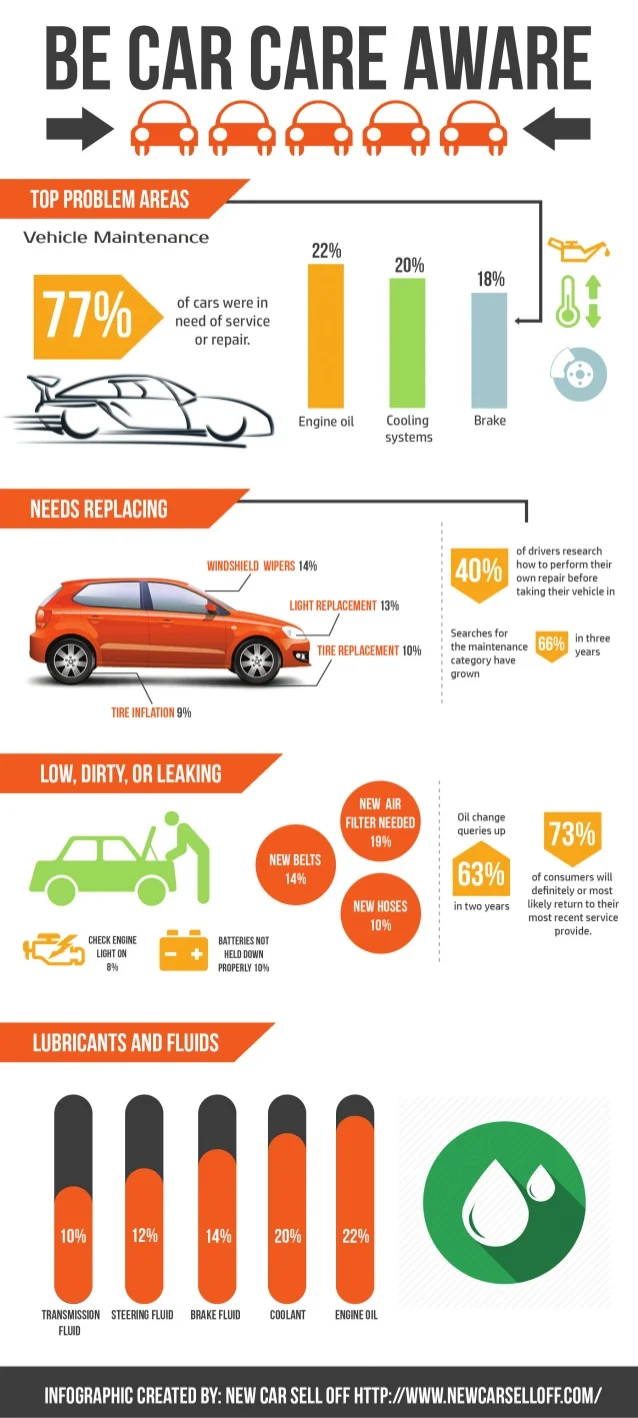When you lag the wheel, those glowing caution lights on your dashboard can be a little bit puzzling. Do you know what they're trying to tell you regarding your vehicle's health? Understanding the value of these lights is essential for your security and the longevity of your lorry. So, the next time one of those lights appears, wouldn't you want to analyze its message accurately and take the required steps to address it?
Common Caution Lighting and Interpretations
Recognize common warning lights in your automobile and comprehend their meanings to make certain secure driving.
The most common caution lights consist of the check engine light, which signifies issues with the engine or discharges system. If this light begins, it's vital to have your vehicle checked without delay.
The oil pressure cautioning light suggests reduced oil stress, needing instant attention to stop engine damage.
A blinking battery light could recommend a faulty billing system, potentially leaving you stranded if not resolved.
The tire stress monitoring system (TPMS) light informs you to reduced tire pressure, influencing lorry security and gas performance. Ignoring this can cause hazardous driving problems.
The abdominal muscle light suggests an issue with the anti-lock braking system, compromising your capacity to quit quickly in emergency situations.
Finally, the coolant temperature level alerting light warns of engine overheating, which can cause extreme damages if not dealt with quickly.
Comprehending these typical warning lights will help you resolve issues quickly and maintain safe driving conditions.
Value of Prompt Interest
Recognizing the common warning lights in your auto is only the first step; the importance of without delay addressing these warnings can not be stressed sufficient to guarantee your safety and security when driving.
When a warning light brightens on your control panel, it's your automobile's method of interacting a potential problem that requires attention. Disregarding these warnings can cause much more severe troubles later on, compromising your security and potentially costing you much more out of commission.
auckland car grooming to alerting lights can prevent breakdowns and accidents. For window tinting , a blinking check engine light could show a misfire that, if left neglected, might cause damages to the catalytic converter. Resolving this promptly can save you from a pricey fixing.
In a similar way, a brake system alerting light could indicate low brake fluid or worn brake pads, crucial components for your safety when driving.
Do It Yourself Troubleshooting Tips
If you discover a warning light on your dashboard, there are a couple of do it yourself troubleshooting suggestions you can attempt before seeking professional aid.
The initial step is to consult your vehicle's handbook to comprehend what the certain warning light shows. In some cases the problem can be as easy as a loosened gas cap setting off the check engine light. Tightening the gas cap might fix the issue.
One more usual problem is a low battery, which can set off numerous warning lights. Examining the battery links for deterioration and ensuring they're protected could deal with the problem.
If a warning light persists, you can attempt resetting it by detaching the vehicle's battery for a few mins and then reconnecting it. Furthermore, checking your car's liquid degrees, such as oil, coolant, and brake fluid, can aid troubleshoot alerting lights associated with these systems.
Verdict
To conclude, understanding your vehicle's warning lights is important for maintaining your car running smoothly and safely. By without delay resolving these signals and understanding what they indicate, you can avoid pricey repair services and potential malfunctions.
Remember to consult your automobile's handbook for certain details on each advising light and act as necessary to make sure a trouble-free driving experience.
Keep educated, stay safe when traveling!
